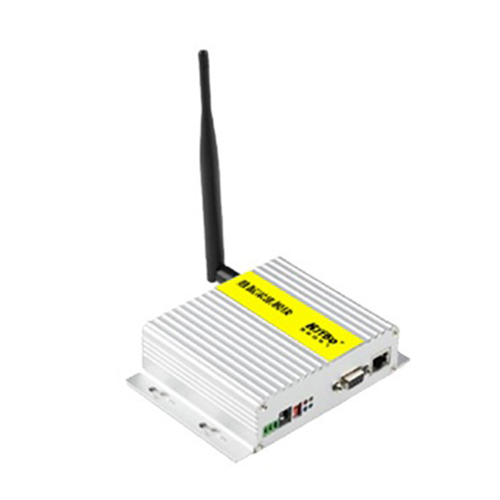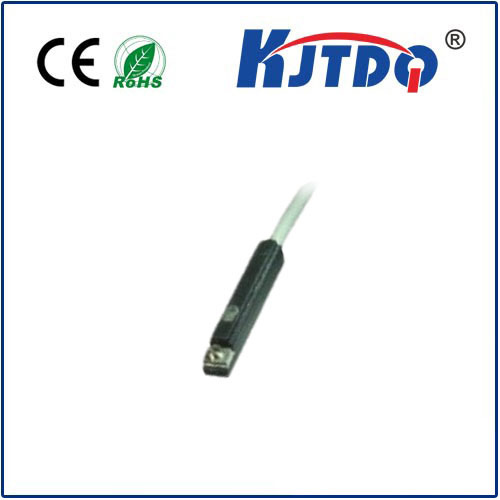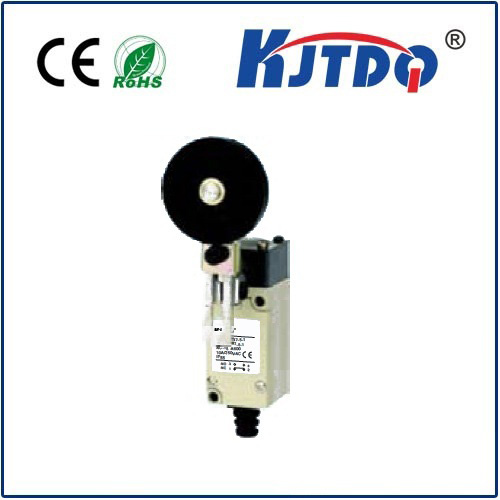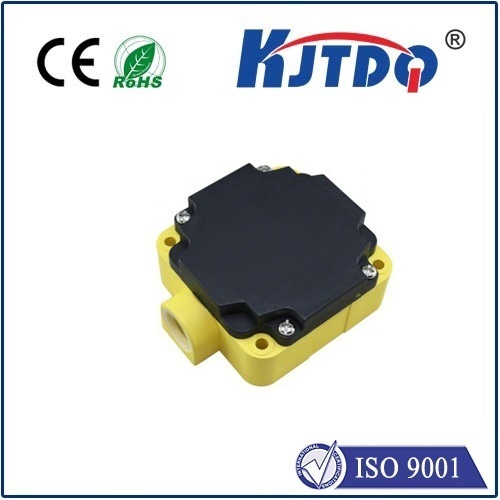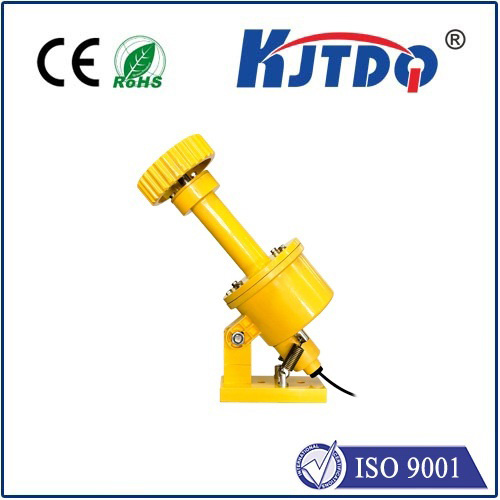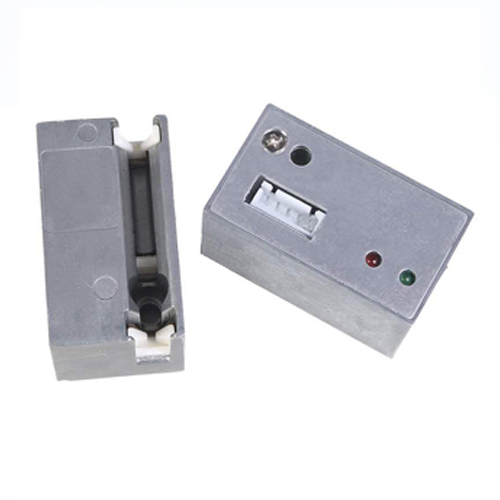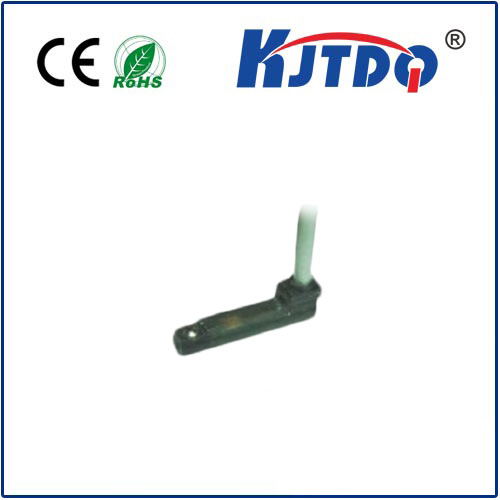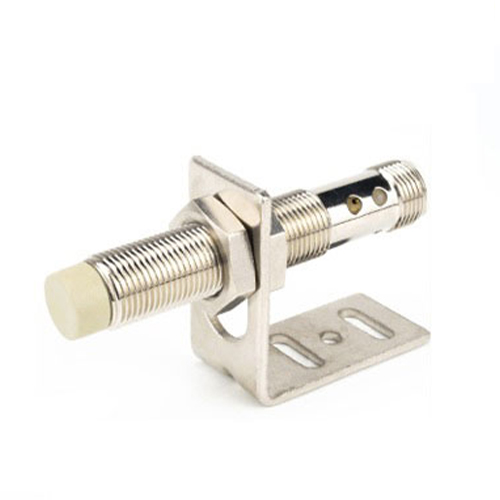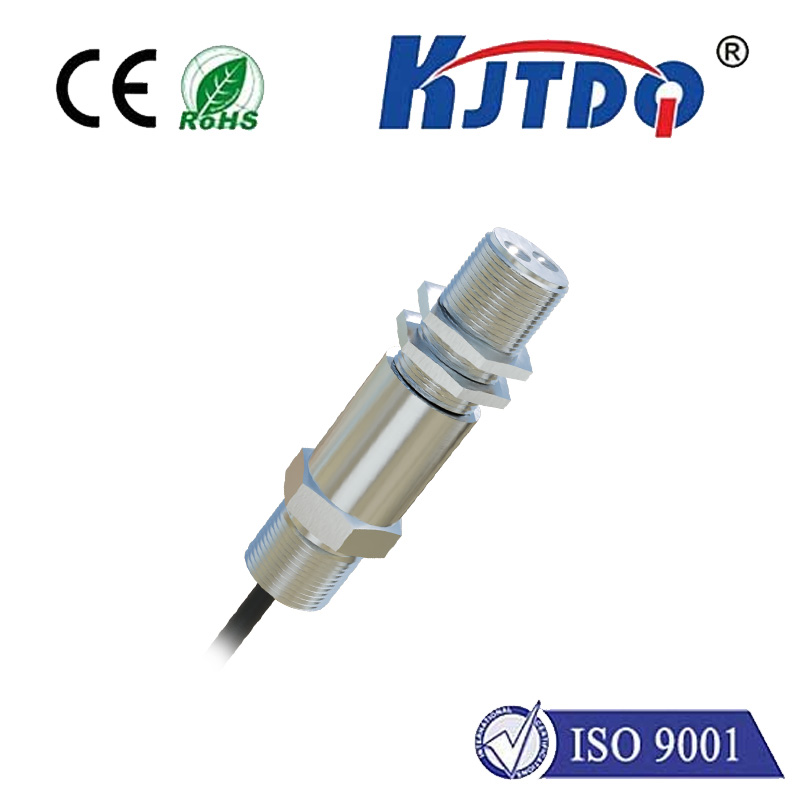piezoelectric pressure sensor
- time:2025-08-19 09:39:28
- Нажмите:0
The Science Behind Piezoelectric Pressure Sensors: How They Work & Where They Excel
Imagine a high-performance car engine screaming towards its redline, a factory pumping precise volumes of liquid pharmaceuticals, or a surgeon delicately monitoring blood pressure during a critical procedure. What invisible force translates the raw physics of pressure in these diverse scenarios into actionable data? Often, the answer lies in the remarkable capabilities of the piezoelectric pressure sensor. Unlike sensors needing external power just to sense, these ingenious devices harness a fundamental property of nature to generate their own electrical signal directly from pressure itself. Let’s delve into the captivating science that makes them tick and discover why they are indispensable in demanding environments.
The Heart of the Matter: Unveiling the Piezoelectric Effect
The magic begins with the piezoelectric effect, derived from the Greek word ‘piezein’ (to press or squeeze). This phenomenon, discovered by brothers Pierre and Jacques Curie in 1880, describes the ability of certain crystalline materials to generate an electric charge in direct response to applied mechanical stress. Conversely, when an electric field is applied to these materials, they change shape mechanically (the inverse piezoelectric effect). For pressure sensing, it’s the Прямой effect that is crucial.
Here’s the core principle:

- Material Matters: The sensor contains a sensing element made of a piezoelectric material. Quartz is the quintessential naturally occurring example, prized for its stability and linear response. Specialized ceramics, like lead zirconate titanate (PZT), are also widely used. These ceramics are man-made (polycrystalline) and can be engineered to exhibit significantly stronger piezoelectric properties than quartz through a process called poling. This involves applying a strong electric field to align internal crystal domains.
- Pressure Application: When an external pressure force is applied to this piezoelectric element (often via a diaphragm or directly), it deforms the crystal lattice structure.
- Charge Generation: This physical deformation causes a temporary displacement of the internal positive and negative charge centers within the crystal structure. This separation of charge creates measurable electrical charges (voltage) on opposing faces of the crystal.
- Signal Output: These generated charges are collected by electrodes attached to the crystal faces. This very small charge signal is proportional to the applied pressure force and becomes the sensor’s output.
Why Piezoelectric Sensors Stand Out: Key Advantages
This unique mechanism endows piezoelectric pressure sensors with a set of powerful advantages crucial for demanding applications:
- High Frequency Response & Dynamic Range: Their solid-state nature and ability to respond almost instantaneously to stress changes make them exceptionally fast. They excel at measuring rapidly fluctuating pressures (e.g., combustion engine cylinder pressures, blast waves, acoustic pressures) where slower sensor types simply cannot keep up. Their dynamic pressure measurement capabilities are unparalleled.
- Extremely Rugged Construction: With no internal moving parts or delicate components like strain gauges, and typically constructed from robust materials like stainless steel and sturdy ceramics or quartz, these sensors are inherently durable. They withstand high pressure levels, shock, and vibration exceptionally well, making them suitable for harsh industrial and automotive environments.
- Self-Generating (No External Power Needed for Sensing): Crucially, the sensing element itself requires no external power to generate the charge in response to pressure. This eliminates the need for bridge excitation power inherent to strain gauge sensors. While the subsequent charge amplifier does require power, the sensing core is intrinsically powered by the mechanical input. This makes them low-power for the sensing element itself and simplifies system requirements in some scenarios.
- High Sensitivity and Resolution: Modern piezoelectric materials and sophisticated charge amplifiers allow these sensors to detect minute pressure changes with excellent resolution, especially important in research and precision applications.
- Wide Operating Temperature Range: Materials like quartz and specialized ceramics operate reliably across very broad temperature ranges, from cryogenic temperatures to several hundred degrees Celsius, far exceeding the capabilities of many other sensor technologies. This makes them ideal for aerospace and engine testing applications.
Facing the Challenges: Important Considerations
Like any technology, piezoelectric sensors have limitations to consider for optimal application:
- Static Pressure Measurement: This is their most significant limitation. Because the generated charge is not static (it’s a transient effect under changing stress), these sensors are inherently better suited for measuring rapidly changing (dynamic) or quasi-static pressures. The charge leaks away over time due to the finite internal resistance of the material and the input impedance of the connected electronics. Specialized charge amplifiers with ultra-high input impedance mitigate this but cannot eliminate it entirely for true static pressure measurement.
- Charge Amplifier Requirement: The electrical signal generated is a very high-impedance charge signal, easily corrupted by noise and cable effects. A specialized charge amplifier (or IEPE amplifier with built-in constant current power) is essential. This amplifier converts the high-impedance charge signal into a robust, low-impedance voltage output suitable for transmission and data acquisition.
- Temperature Sensitivity: While they operate over a wide range, the piezoelectric charge sensitivity itself varies significantly with temperature. High-precision applications require careful compensation for this effect. Sensor designs often incorporate temperature sensors specifically for this purpose.
- Sensitivity to Mounting & Strain: Improper mounting can induce spurious signals due to base bending or thermal expansion mismatches. Careful installation following the manufacturer’s guidelines is critical for accurate measurements, especially in high-vibration environments or where thermal gradients exist.
Where They Shine: Key Applications of Piezoelectric Pressure Sensors
The unique blend of advantages drives the widespread adoption of piezoelectric pressure sensors across numerous critical fields:
- Combustion Analysis & Engine Development: The premier application. Measuring dynamic cylinder pressure is essential for optimizing engine performance (power, efficiency, emissions), diagnosing knocking, and developing engine control strategies. The sensor’s high temperature tolerance and dynamic pressure capabilities are vital here.
- Aerospace & Turbomachinery: Measuring dynamic pressures in jet engines (compressor stalls, combustion instability), rockets, and gas turbines demands the ruggedness, speed, and high-temperature performance only piezoelectric sensors provide.
- Industrial Process Monitoring & Control: Monitoring pulsations in pumps, compressors, and pipelines; detecting impacts; controlling high-speed presses; and measuring fluidic oscillations in process systems benefit from their durability and dynamic response.
- Acoustics & Noise/Vibration: Measuring sound pressure levels, especially at high frequencies or in challenging environments, is a core strength due to their ability to directly measure air pressure waves.
- Shock & Blast Wave Measurement: Characterizing explosions, impacts, or ballistic events requires sensors capable of handling extreme pressures on very short timescales – a perfect fit.
- Medical Devices & Research: Used in specialized applications like intra-aortic balloon pump timing, non-invasive blood flow measurements (using principles like the piezoelectric effect in ultrasound transducers), and research involving transient physiological pressures.
Conclusion: Indispensable for the Demanding Pulse of Pressure
Piezoelectric pressure sensors occupy a vital niche in the measurement world. By directly converting the force of pressure into electrical charge using the fundamental piezoelectric effect, they deliver unmatched performance for capturing rapid pressure transients and operating within extreme environmental conditions. While their limitations in static pressure measurement necessitate careful consideration, their unparalleled dynamic pressure measurement capabilities, ruggedness, and self-generating nature make them the undisputed choice for critical applications from the roar of a racing engine to the intense environment of a jet turbine, truly capturing the demanding pulse of pressure in our high-tech world.

